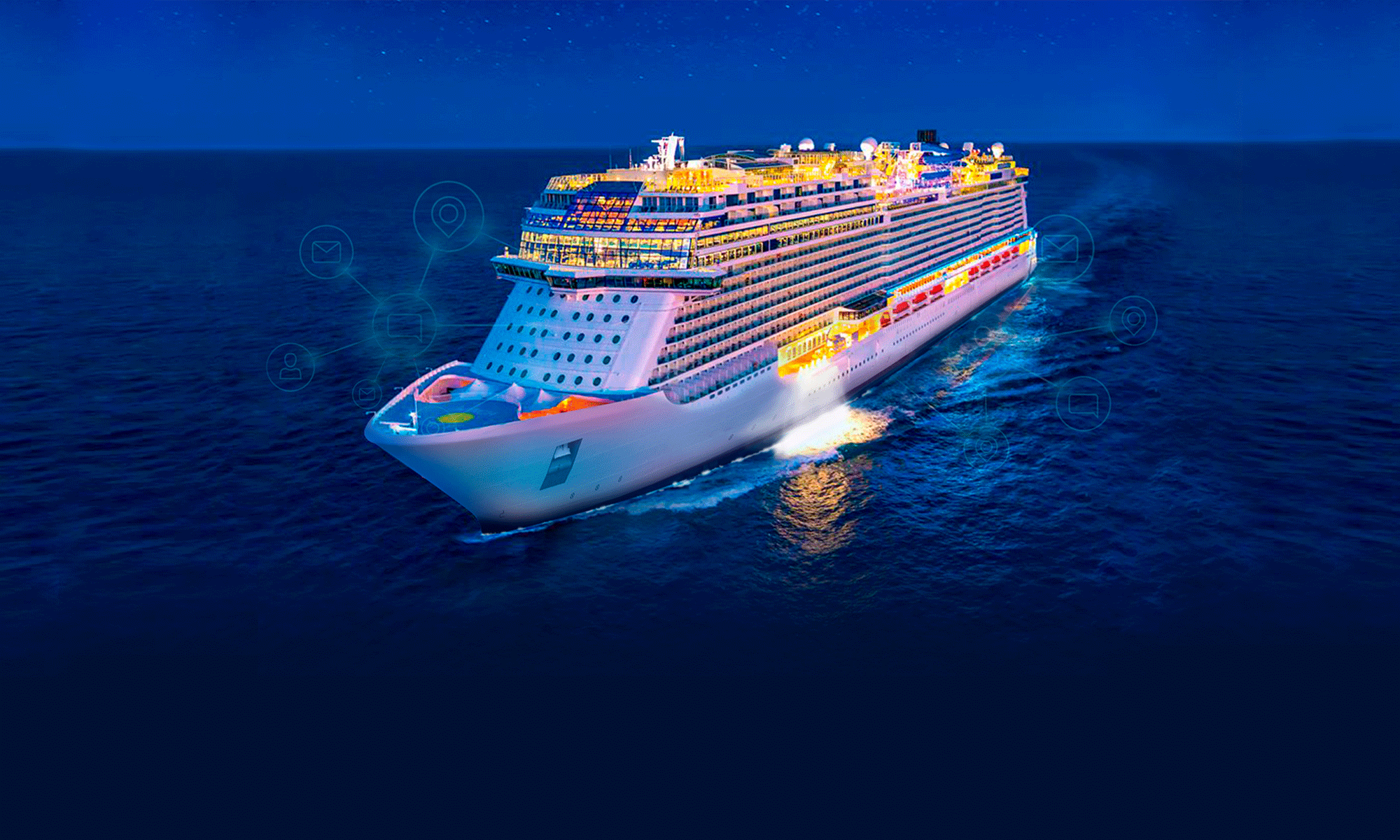It has always been challenging to offer adequate healthcare to those who work aboard ships because of the natural challenges posed by a huge moving vessel. Due to the absence of medical personnel on board, their lack of medical expertise, and the scarcity of medical supplies, seafarers are particularly vulnerable compared to those back on shore.
One of the strongest allies for the cruise industry during the pandemic has been contact-tracing technology. These services can help prevent incidents by providing contact tracking and streamlining conversations. By simply utilizing an app on their phone, travelers have been able to check-in, open doors, turn on lights, control room temperature, communicate with front desk staff, wait in line, and much more. And that’s not all—the same app can track those who have had close contact with a contagious visitor or crew member so that they can be tested and isolated if required.
With the COVID-19 pandemic no longer at the very forefront of cruise ships’ minds, other technologies are receiving the attention of cruise operators. Effective use of contemporary communication and remote medical technologies is essential for mariners. Expert medical systems are one of the technologies with the quickest growth in the field of information and communication technology (ICT). A Telemedical Maritime Assistance Service (TMAS) is one of the most important evolving technologies to ensure that crew and passengers can be properly attended to.
Let’s dive into two burgeoning technologies which could be crucial in attending to the healthcare needs of guests and crew members.
Contactless vital-sign health screening
netTALK Maritime recently released a mobile app that can be downloaded on the phones of the crew and passengers to monitor their vital signs. It uses end-to-end encryption to securely transmit data from network-enabled, medically authorized electronic health monitoring devices, and notifies the medical team in the presence of abnormal results. This function is handy for managing vital signs from quarantined individuals.
A digital onboard screening process can aid in monitoring the following:
- Heart rate – noninvasive pulse reading and rhythm
- Breathing rate – noninvasive respiration rate and rhythm
- Body temperature – core temperature fever detection
- Blood oxygen – SpO2 oxygen saturation
How does a TMAS system work?
Due to their potentially inadequate medical understanding, ship captains or officers in charge of providing onboard medical aid often find it challenging to accurately characterize their crew’s symptoms or injuries. Thanks to technological improvements, a TMAS doctor may now do an evaluation in person while not aboard. The TMAS doctor would ask various questions to get a preliminary diagnosis that will be used to select the best course of action. Digital tools elevate telemedicine to a new level by being able to take photographs of the skin, ears, and eyes, observe exterior lesions, monitor progress, and record vital signs.
The reality is that even though cruise ships designed for hospitality will have medically-trained doctors on board, this is not always the case for other ships. Although there may be crew members on board with first aid or healthcare training, their medical skills may also be limited. With TMAS’ being in place, crew members can perform any clinical efforts over the watchful eye of a qualified doctor.
To learn more about telehealth screening and onboard services, head over to netTALK Maritime’s homepage, where graphics outline exactly how the process works.
